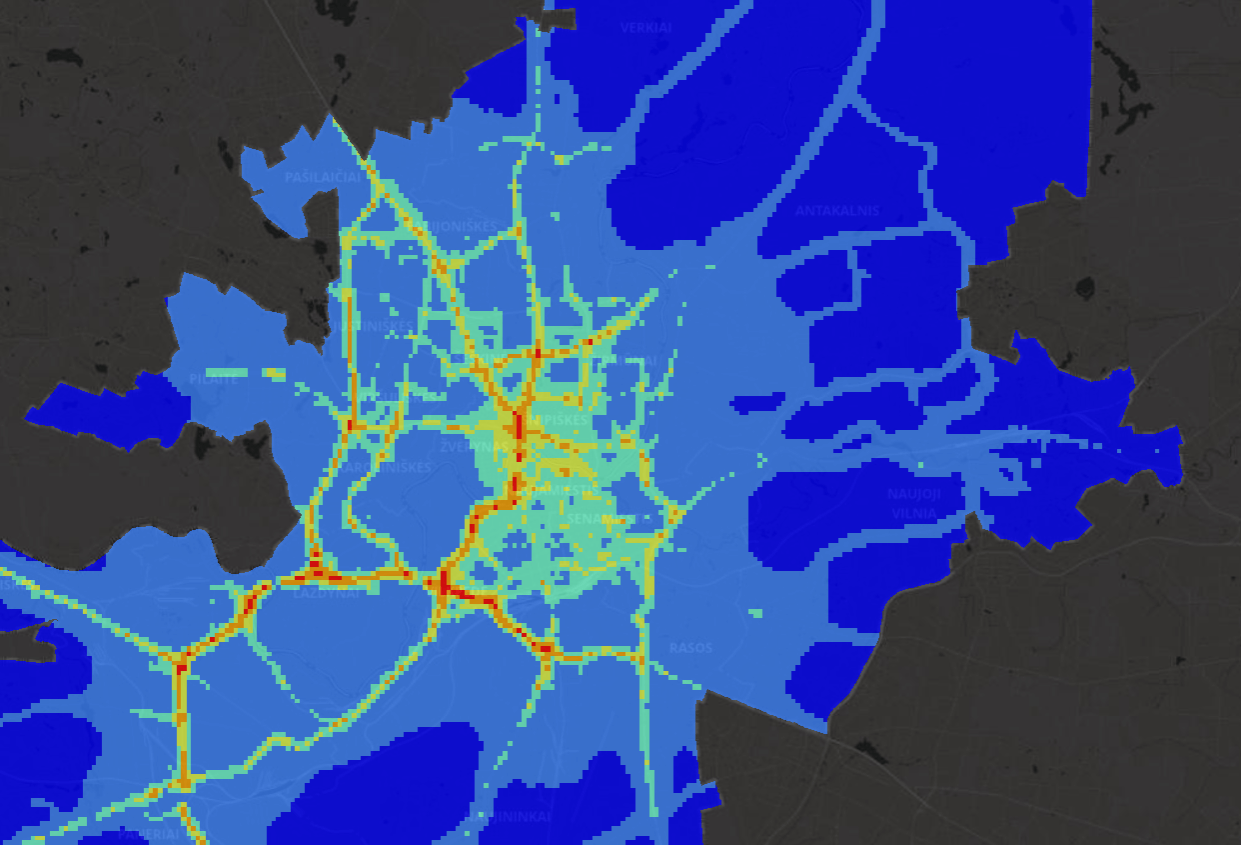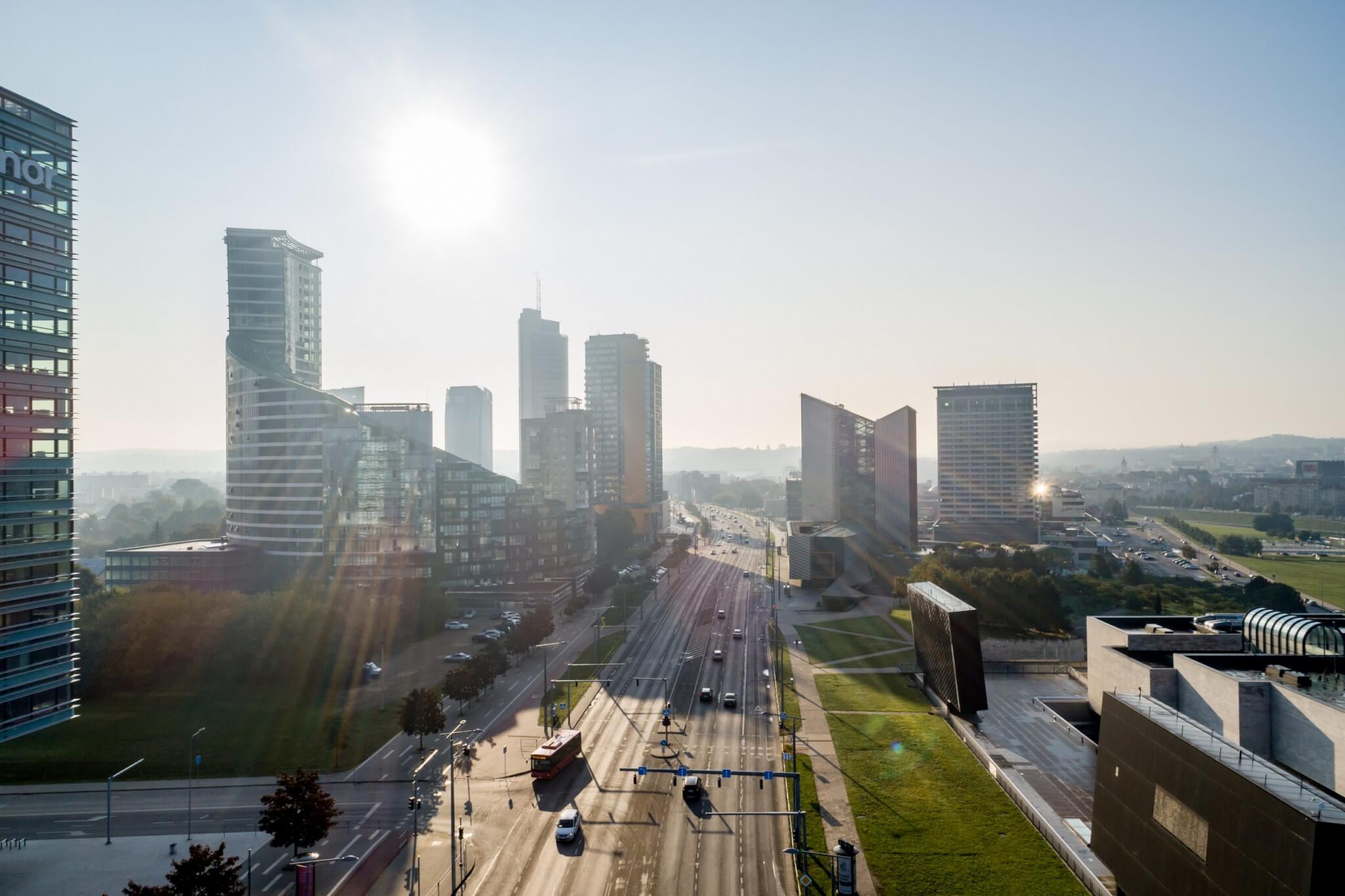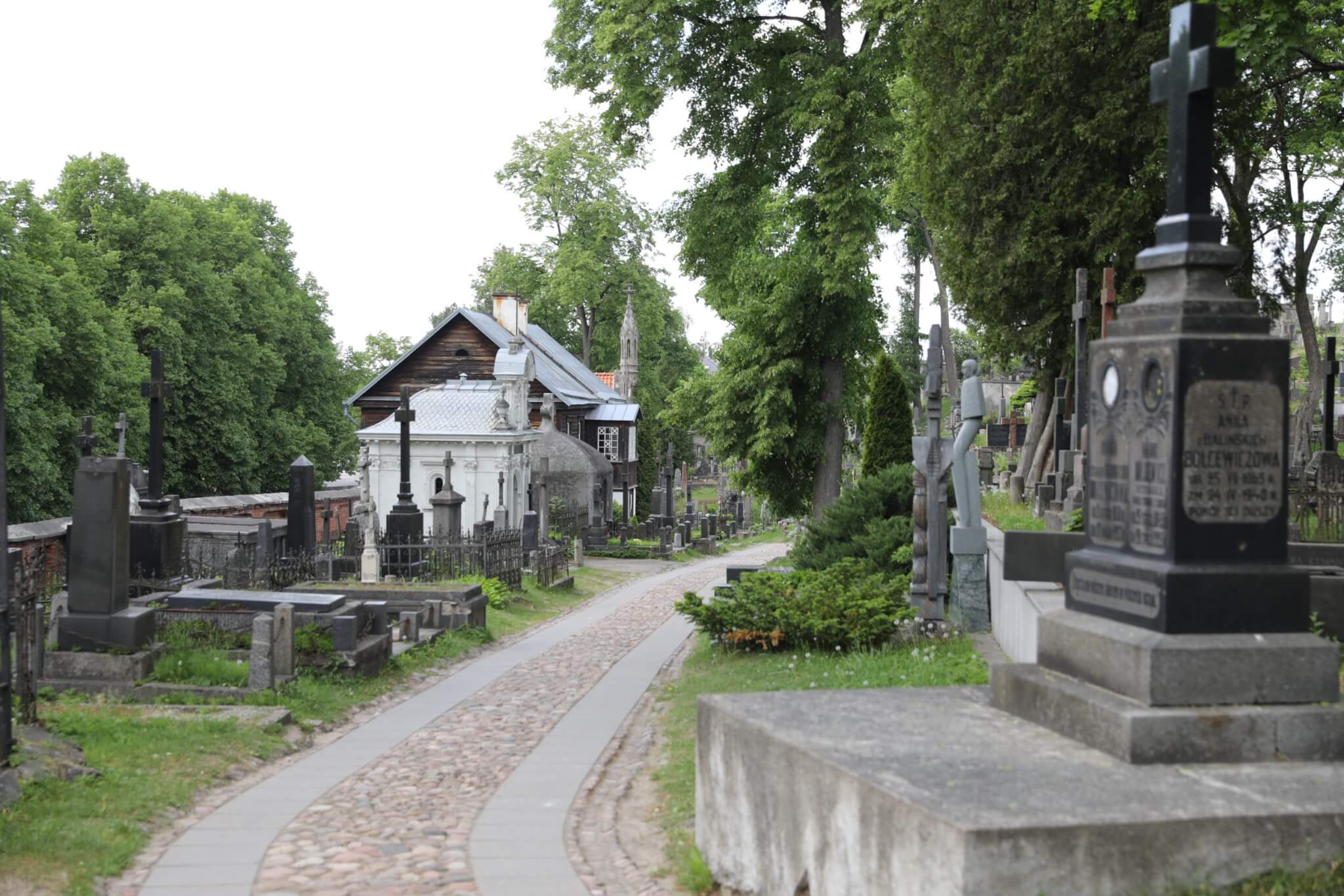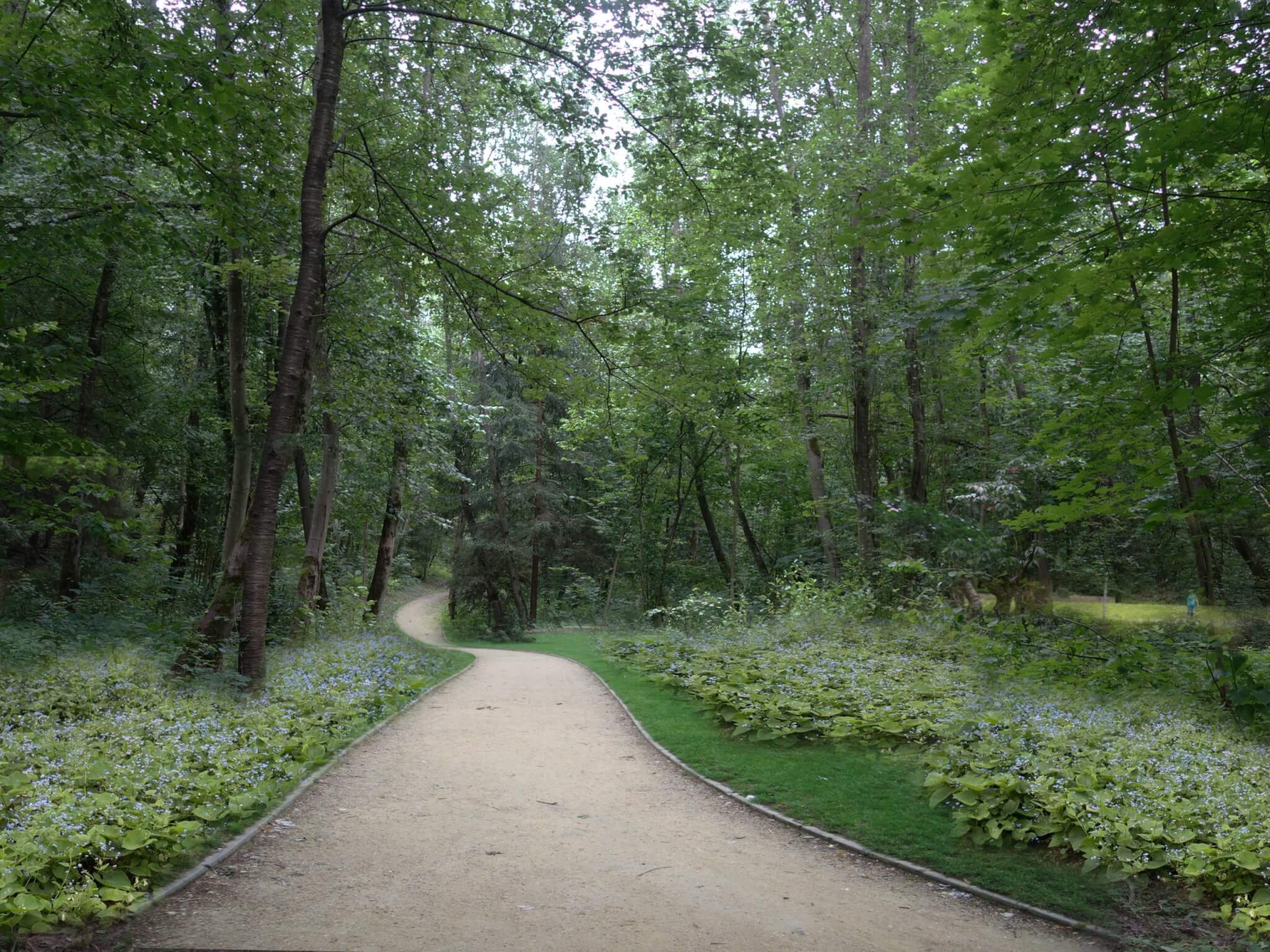Heavy rains, downpours, unexpected frosts, heat waves – these are natural phenomena that affect every big city, and Vilnius is no exception. Landscape architects have recently focused on green infrastructure – urban forests, artificial wetlands, green roofs, parks – for a reason. All of these help to reduce the impact of climate change on urban populations.
Multidimensional effects
Many factors influence urban microclimates. Asphalt pavement in large car parks becomes like a radiator heated by the sun in summer. However, green spaces and natural wetlands reduce the effects of heat and temperature change.
It is no coincidence that cities are increasingly turning to “soft” environmental projects to tackle the challenges of climate change. They do not require particularly high levels of finance and the benefits for the urban environment are clear. Some of these projects are artificial swamps or wetlands that collect surface water from rainfall.
There are also wetlands in European cities, including London. From the outside, they look like natural vegetated areas or shallow pools of water, but in reality they are often part of water management systems.

Cleans water pollutants
In Vilnius, heavy rains often flood the streets, making them impassable for cars, and because the rainwater collection system is over capacity at the time, some of the untreated rainfall also ends up in natural water bodies such as the River Neris, the River Vilna, ponds and lakes.
Organic or biogenic substances, petroleum products, heavy metals and other pollutants carried by surface water are hazardous to ecosystems and can be harmful to aquatic plants and animals.
It is common for water companies to treat the surface water they collect while it is still within the city. However, during heavy rainfall, not all engineering networks can cope with the load, so some pollutants can end up in rivers without being treated. This is why ways are being found to provide additional rainwater harvesting in urban areas to reduce the load on networks and pollution. Wetlands can be one of the tools in cities. Acting as a natural filter, they absorb harmful substances dissolved in the water and purify rainwater.
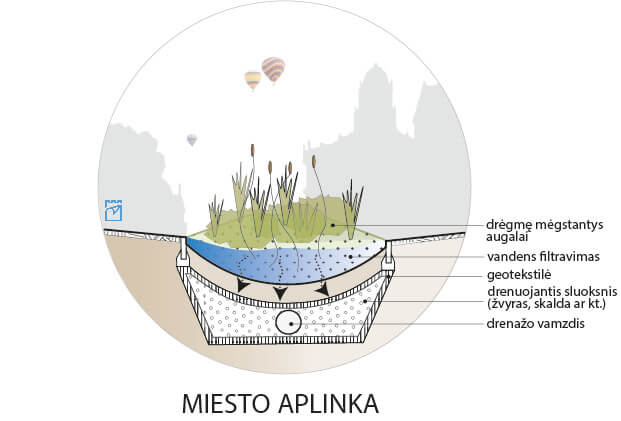
Not suitable for every area
“Natural wetlands – areas that are periodically or permanently flooded with water – are not abundant in cities, but there is a great need for them. Their principles can therefore be adapted or replicated in the design of public urban spaces.
Excess rainwater accumulates in artificial wetlands and is gradually absorbed into the ground,” explained Paulius Jonys, architect of the municipality’s company Vilniaus Plan, about how the natural rainwater harvesting system works.
More than a decade ago, the specialists of this company had already planned wetlands – natural water infiltration areas – in the spatial planning documents of Vilnius City. However, it is only recently that wetlands have become more popular in view of the need to halt climate change. Wetlands are also being installed in ongoing projects such as the Neris embankments, the Vingriiai Springs Square and the Perk?nkiemis public space.
However, not all urban areas are suitable for creating artificial wetlands. Before these solutions can be considered in public space projects, the characteristics of both the area to be designed and the adjacent areas must be fully assessed.
“You can’t put wetlands anywhere. When designing urban spaces, it is important to take into account their natural features, the surrounding urban context and its cultural value. In this way, the most correct aesthetic and technical solutions can be selected, which will benefit not only people but also nature, while at the same time mitigating the effects of climate change,” says Egl? Biretien?, architect of the Vilnius Plan.
Comprehensive environmental benefits
Artificially created wetlands are not everything. Another challenge for urban green spaces is to take care of biodiversity.
“A wetland can also be a simple meadow to temporarily store rainwater, while gutters formed and planted alongside streets can serve as natural filters to biologically treat rainwater before it soaks into deeper layers of the ground. Shallow, densely planted depressions with permanent or temporary standing water can also be formed in green spaces in residential areas. All of these spaces could provide additional ecosystem services if they allow for the biodiversity of plants, animals and micro-organisms to develop,” explained Vida Bujauskien?, a geographer at Vilnius Plan.
Wetlands, like other green solutions offered in public spaces in Vilnius, can mitigate the negative impact of climate change challenges and create an attractive environment for residents.


